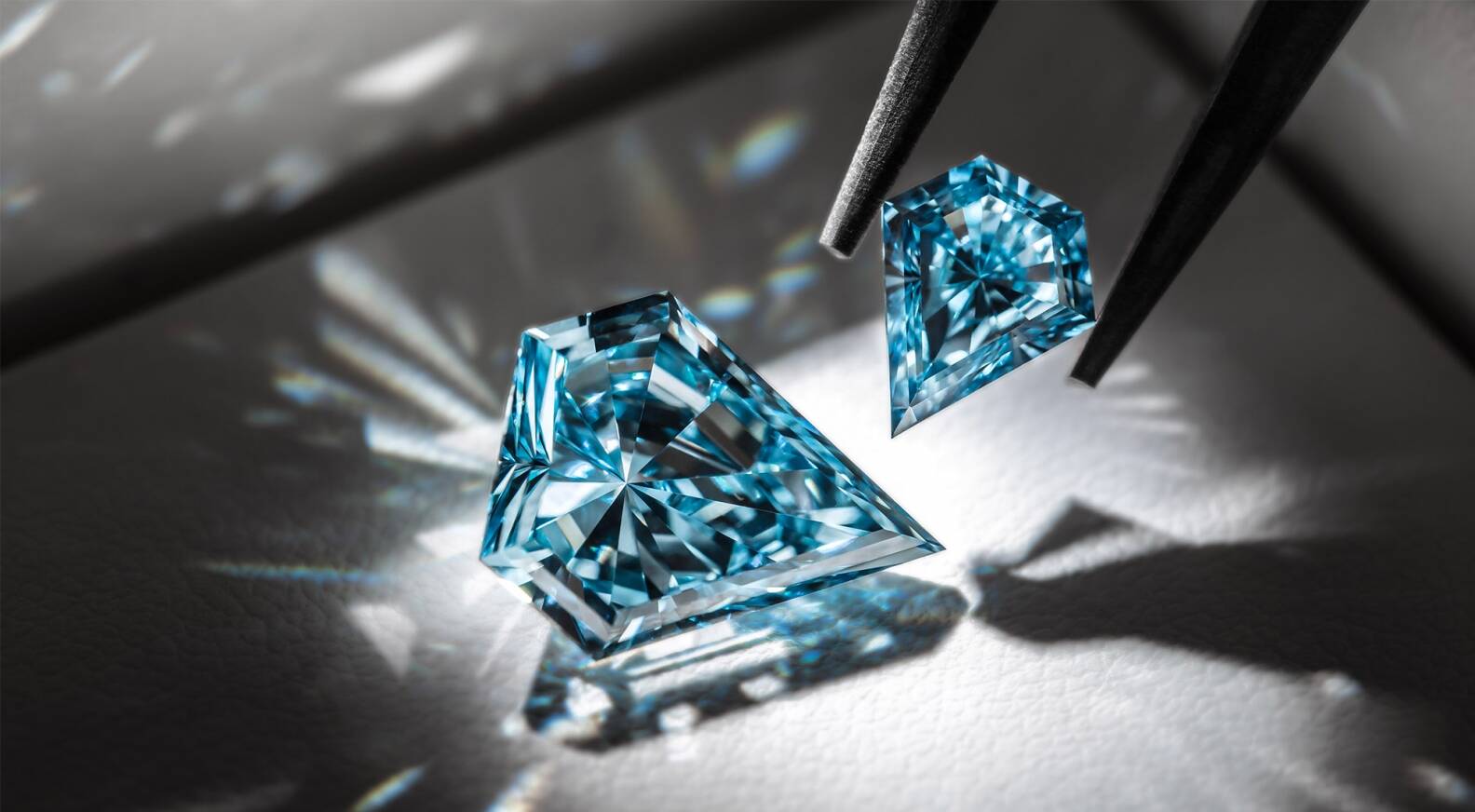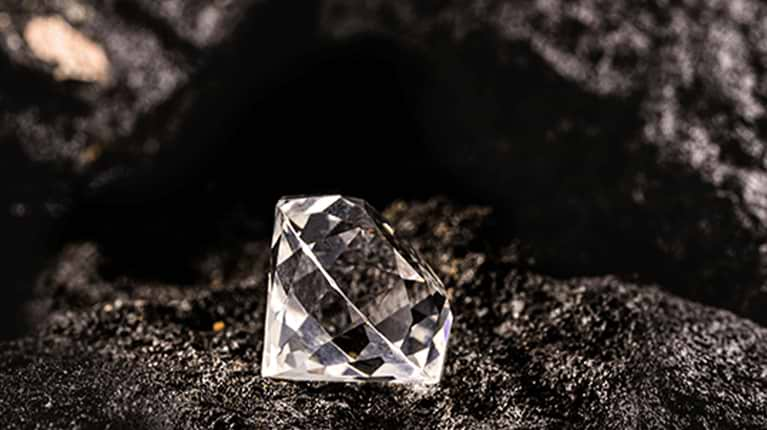In recent years, the diamond industry has witnessed a revolution, one that challenges traditional notions of luxury and sustainability. Lab-grown diamonds have emerged as a compelling alternative to mined diamonds, offering consumers ethical and environmentally-friendly options without compromising on quality or beauty. Moreover, these innovations are not just reshaping the jewelry market; they are also intersecting with cultural trends, reflecting shifts in consumer values, preferences, and lifestyles.
Unveiling the Science Behind Lab-Grown Diamonds
Lab-grown diamonds, also known as synthetic or cultured diamonds, are created through advanced technological processes that simulate the natural conditions under which diamonds form in the Earth’s mantle. These diamonds exhibit the same chemical composition, crystal structure, and physical properties as their mined counterparts, making them indistinguishable to the naked eye and gemological tools.
The production of lab-grown diamonds involves two primary methods: High Pressure-High Temperature (HPHT) and Chemical Vapor Deposition (CVD). HPHT mimics the conditions found deep within the Earth by subjecting carbon to extreme pressure and temperature, while CVD involves the deposition of carbon atoms onto a substrate in a controlled environment. Both techniques result in the growth of diamond crystals over time, which are then cut, polished, and graded to meet industry standards.
Ethical and Environmental Considerations
One of the most significant advantages of lab-grown diamonds is their ethical and environmental sustainability. Unlike traditional diamond mining, which often involves harmful practices such as land disruption, water pollution, and human rights abuses, lab-grown diamonds have a minimal ecological footprint. By eliminating the need for large-scale mining operations, these diamonds reduce habitat destruction, carbon emissions, and other environmental impacts associated with the extraction and transportation of natural resources.
Furthermore, lab-grown diamonds are conflict-free, as they are produced in controlled laboratory settings without the involvement of regions plagued by civil unrest or exploitation. This ethical transparency resonates with consumers who prioritize social responsibility and ethical sourcing in their purchasing decisions, contributing to the growing demand for sustainable luxury products.
Cultural Significance and Symbolism
Beyond their scientific and ethical dimensions, lab-grown diamonds hold cultural significance and symbolism in contemporary society. As symbols of love, commitment, and achievement, diamonds have long been cherished in various cultures around the world. However, the emergence of lab-grown diamonds introduces new narratives and interpretations that reflect modern values and aspirations.
For many millennials and Gen Z consumers, lab-grown diamonds align with their desire for authenticity, innovation, and sustainability. These consumers value experiences over possessions and seek products that reflect their unique identities and beliefs. By choosing lab-grown diamonds, they can express their commitment to environmental conservation and social progress while indulging in the timeless beauty of fine jewelry.
Fashion and Market Trends
The intersection of lab grown diamonds and cultures trends extends to the fashion and luxury markets, where these innovative gems are making a significant impact. Designers and jewelry brands are increasingly incorporating lab-grown diamonds into their collections, offering consumers a wider range of options that cater to diverse tastes and preferences. From classic solitaire rings to avant-garde statement pieces, lab-grown diamonds are redefining the aesthetics of luxury jewelry and challenging conventional notions of exclusivity and prestige.
Moreover, the affordability and accessibility of lab-grown diamonds appeal to younger demographics and first-time buyers, democratizing the luxury market and driving demand for sustainable alternatives. As sustainability becomes a key differentiator in the competitive landscape, brands that embrace lab-grown diamonds stand to gain a competitive edge and enhance their reputation as responsible stewards of the environment.
Conclusion: Shaping the Future of Luxury
In conclusion, the rise of lab-grown diamonds represents a paradigm shift in the diamond industry, driven by technological innovation, ethical considerations, and evolving consumer preferences. As these sustainable gems continue to gain traction in the market, they are reshaping cultural narratives lab grown diamonds, challenging traditional norms, and paving the way for a more inclusive and sustainable future of luxury.
Whether as symbols of love and commitment or expressions of personal style and values, lab-grown diamonds offer a compelling proposition that transcends generations and resonates with the zeitgeist of our time. By embracing innovation and sustainability, we can harness the transformative power of diamonds to create a brighter, more equitable world for generations to come.




